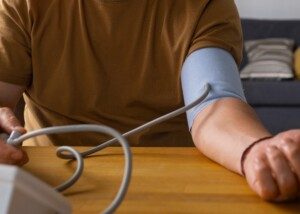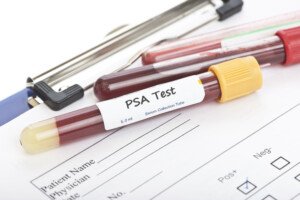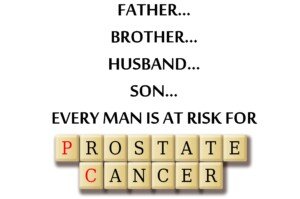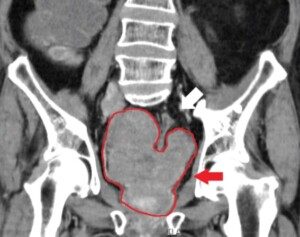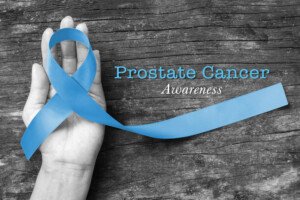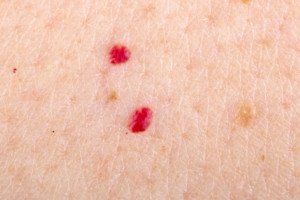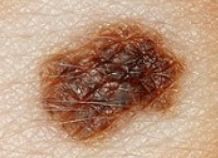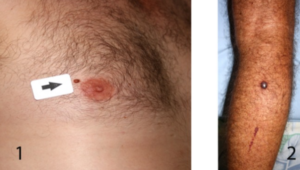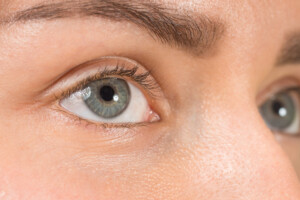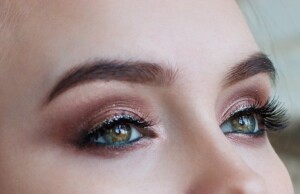
When kids spend more than six hours a day sitting during the transition from childhood to young adulthood, this can raise blood pressure.
Specifically, the amount of increase is 4 mmHg, according to a study, and 4 mmHg is statistically significant.
In fact, what seems like a small increase in blood pressure can be the difference between BP being in the normal range and being elevated. But that’s just the beginning of the problem.
The research, conducted by the Universities of Bristol and Exeter/UK and the University of Eastern Finland, shows that light physical activity significantly helps reduce this rise in blood pressure.
The study, published in Journal of Cachexia, Sarcopenia and Muscle, explains an easy solution in case you’re wondering how to get kids and teens NOT to spend six hours a day in a chair.
How the Study Was Done
The study followed 2,513 kids from the University of Bristol’s Children of the ‘90s cohort, tracking them from 11 to 24.
At the start of the study, the kids spent about six hours a day sedentary, six hours a day engaging in light physical activity, and roughly 55 minutes a day in moderate to vigorous physical activity.
By the time the children reached young adulthood, their sedentary time had increased to nine hours per day, while light activity decreased to three hours per day.
However, they continued engaging in about 50 minutes of moderate to vigorous activity daily.
Blood pressure measurements showed an increase from an average of 106/56 mmHg in childhood to 117/67 mmHg in young adulthood, which was partly due to normal physiological development.
However, the study found that the increase in sedentary time from 11 to 24 was associated with an extra 4 mmHg increase in systolic (“top number”) blood pressure.
On the other hand, regular participation in light exercise from childhood helped reduce this increase by 3 mmHg.
Interestingly, engaging in moderate to rigorous activity did not have any significant effect on lowering blood pressure in this age group.
What’s the solution?
The researchers also conducted a simulation model in which for every hour of sitting time, there were 10 minutes of light physical activity – and this occurred from childhood to young adulthood.
This intervention resulted in a reduction of 3 mmHg in systolic blood pressure and 2 mmHg in diastolic blood pressure.
How can so little mean a lot?
This is noteworthy because a reduction of just 5 mmHg in systolic blood pressure is known to lower the risk of heart attack and stroke by 10%, according to previous studies.
The study is the largest and longest follow-up study to date measuring movement behavior and blood pressure changes in youth, with data collected at ages 11, 15 and 24.
Researchers also measured various health indicators such as cholesterol levels, blood glucose, insulin and high-sensitivity C-reactive protein, while accounting for factors like heart rate, socio-economic status, family history of cardiovascular disease, and fat and lean muscle mass.
How to Get Kids to Do Light Activity
It’s simple. Tell your kids and teens that for every hour of screen time as well as book reading or arts and crafts – activities for which they’d be sitting – they’re to do 10 minutes of light activity or exercise.
Don’t tell them to “go outside and play,” because they could end up sitting outside and playing videogames, texting or just chatting to other kids. This is still sedentary time.
To get them on their feet and actually moving about, you can assign them house chores.
Perhaps have them pick a task out of a chore jar.
Older kids can be encouraged to do light workouts with small dumbbells for 10 minutes.
Maybe the parent themselves could engage in activity alongside their kids, such as playing with or walking the dog, going on a brisk walk or bike ride, dancing, playing catch or doing conventional exercise such as a series of calisthenics, yoga poses or aerobic movements.
The World Health Organization predicts that by 2030, there will be 500 million new cases of diseases related to a sedentary lifestyle, with half of these linked to high blood pressure.
 Lorra Garrick is a former personal trainer certified by the American Council on Exercise. At Bally Total Fitness, where she was also a group fitness instructor, she trained clients of all ages and abilities for fat loss and maintaining it, muscle and strength building, fitness, and improved cardiovascular and overall health.
Lorra Garrick is a former personal trainer certified by the American Council on Exercise. At Bally Total Fitness, where she was also a group fitness instructor, she trained clients of all ages and abilities for fat loss and maintaining it, muscle and strength building, fitness, and improved cardiovascular and overall health.
.



